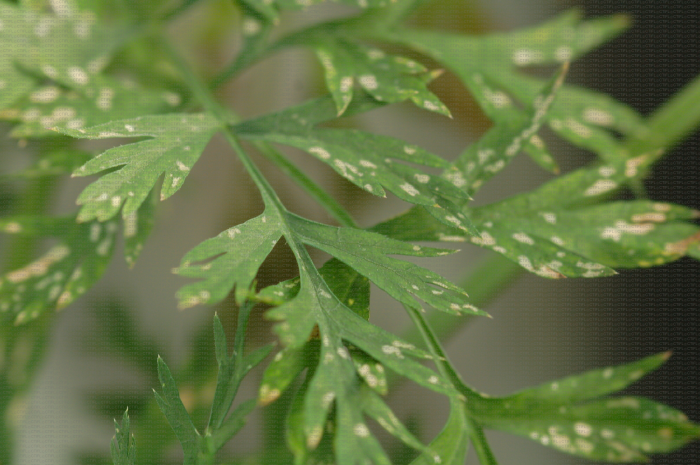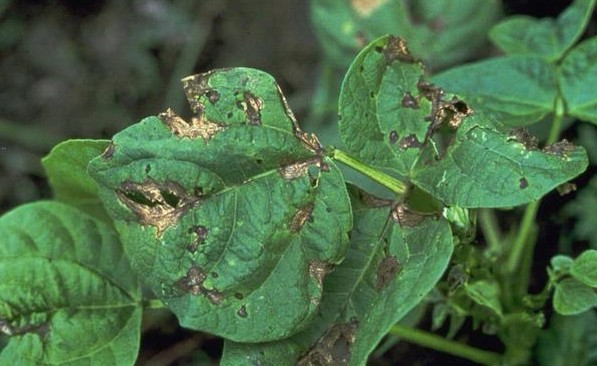
Calabaza
How to recognize and combat powdery mildew on pumpkins
Powdery Mildew
Fungus
Type:
Risk to the plant:
HIGH
Podosphaera Xanthii / Sphaerotheca Fuliginea
Pathogen:
Oídio

WHO CAUSES IT?
Podosphaera xanthii and Sphaerotheca fuliginea are two species of fungi responsible for causing powdery mildew in various cucurbits, including pumpkin. These pathogens develop mainly in conditions of high humidity and moderate temperatures, and their cycle begins with the germination of conidia that adhere to the surface of the leaves. The spores germinate and form haustoria that penetrate the epidermal cells of the plant to extract nutrients. The mycelium of the fungus spreads over the surface of the leaves and produces new conidia in chains that are dispersed by the wind to other parts of the plant or to nearby plants. Podosphaera xanthii and Sphaerotheca fuliginea can survive on plant debris and in plant buds during the winter, resuming their activity in the spring. The development of these fungi is favored by warm and dry climates during the day and humid at night, which facilitates their spread and the rapid appearance of symptoms.
SYMPTOMS
Powdery mildew caused by Podosphaera xanthii and Sphaerotheca fuliginea is a disease that severely affects pumpkins, covering the leaves, stems and fruits with a characteristic white powder. This mycelial layer reduces photosynthesis, weakening the plant and affecting its development and productivity. In severe cases, it can lead to premature defoliation and a significant decrease in fruit yield and quality.
- Appearance of white powdery Taches on leaves, stems and fruits
- Yellowish and deformed leaves
- Delay in plant growth
- Premature defoliation
- Reduction in the size and quality of the fruits
- General weakening of the plant



DEVELOPMENT CONDITIONS
Temperature:
20°C - 30°C
Humidity:
60% - 80%
HOW IS IT SPREAD?
Wind, contact between plants, contaminated agricultural tools, crop remains, infected seedlings
HOW TO ELIMINATE IT?
Home treatments
Natural allies
Chemical treatments
RECOMMENDED PRODUCTS TO ELIMINATE THE PEST
REPELLENT PLANTS
-
RECOMMENDATIONS
- Avoid wetting the leaves when watering, especially at night.
- Ensures good ventilation between plants.
- Remove infected leaves as soon as you see them.
- Use resistant varieties when possible.
- Apply natural fungicides such as sulfur, baking soda or horsetail extract.
- Check your plants frequently, especially in hot and dry climates.




























